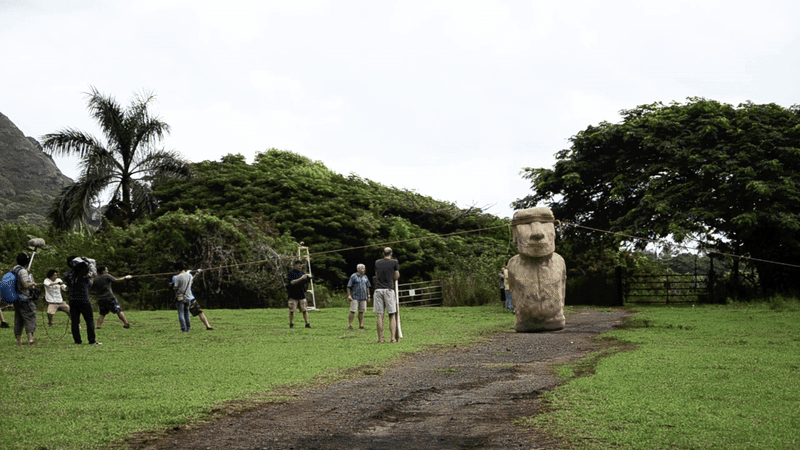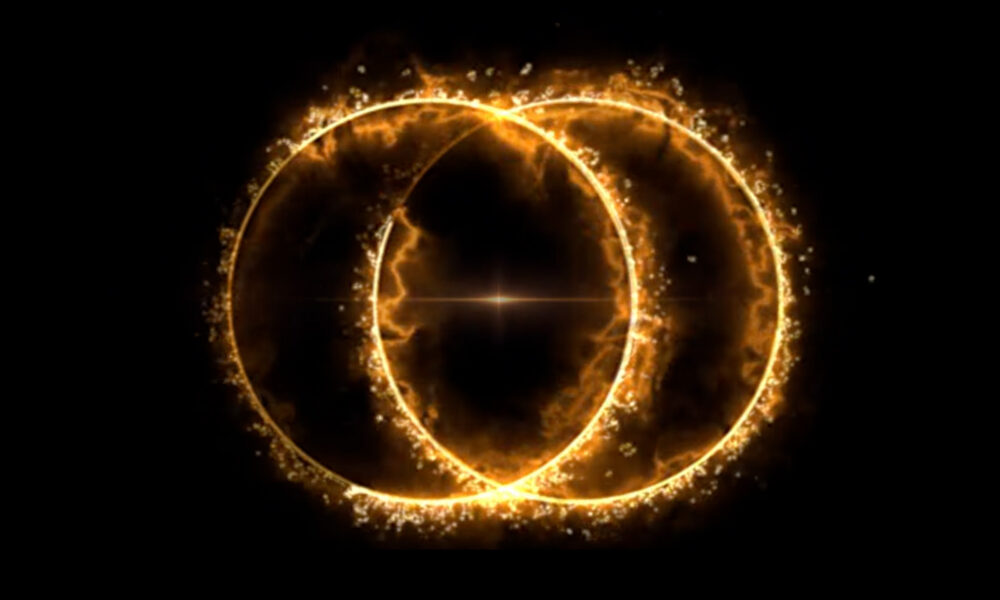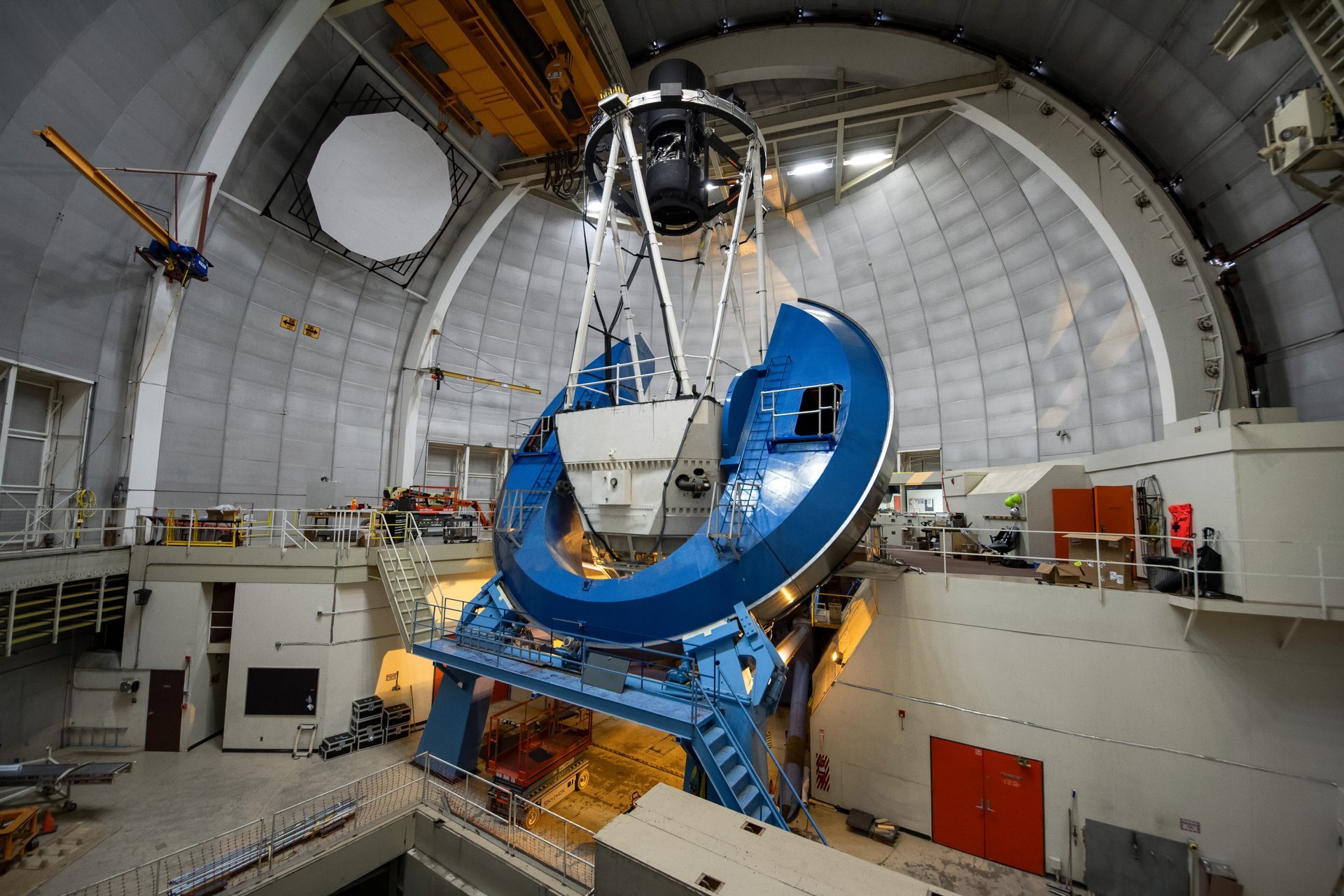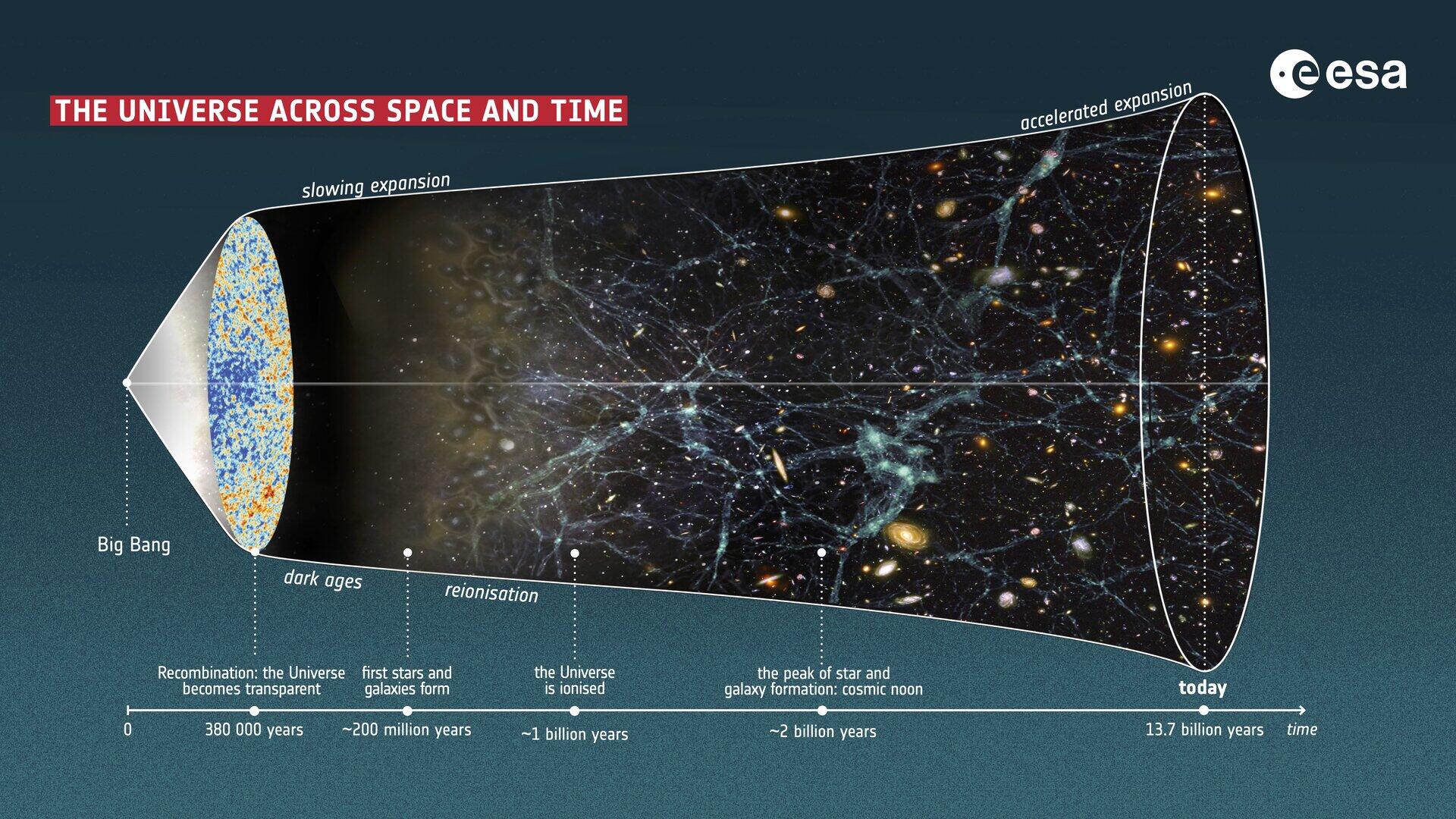Easter Island’s iconic moai statues may have been able to “walk” across the landscape using simple techniques involving a small team of people, ropes, and the principles of pendulum dynamics. This insight comes from a new study published in the November 2025 issue of the Journal of Archaeological Science, which challenges long-held beliefs about how the Indigenous Rapa Nui people transported these massive stone figures, some weighing dozens of tons.
For years, researchers have speculated about the methods used by the Rapa Nui to move the moai, which can stand between 3.7 feet (1.1 meters) and 32.6 feet (9.8 meters) tall and are typically positioned an average of 6.2 miles (10 kilometers) from their quarry at Rano Raraku. The latest findings reveal that the moai were crafted with a low center of mass and a forward lean, facilitating their transport.
Revisiting the “Walking” Hypothesis
The study’s authors, including Carl Lipo, a professor of anthropology at Binghamton University, and Terry Hunt, a professor at the University of Arizona, used 3D modeling to recreate the moai and analyze their movement. They found that with just three ropes, a small group of between five and 60 people could effectively make the statues “walk.” The technique involved a rocking motion that propelled the moai forward in steps averaging 35 inches (89 centimeters) long.
“Statues could be moved with very small numbers of people in an amazingly ingenious way,” Lipo explained in an interview with Live Science. This finding significantly undermines previous notions that moving the moai required large numbers of individuals and extensive resources.
The research builds on an earlier experiment conducted by Lipo and his team in 2012, where 18 people successfully moved a scaled replica of a moai weighing 4.8 tons (4.4 metric tons) over a distance of 328 feet (100 meters) in 40 minutes. While the initial experiment demonstrated the feasibility of the “walking” method, the recent study provides a more rigorous analysis of the dynamics involved.
Innovative Techniques and Insights
The authors noted that the moai displayed a distinctive forward lean of 6 to 15 degrees, which helped maintain stability during movement. The design of the statues, including their D-shaped bases, contributed to a pivot point that enhanced the walking motion. A significant observation was that the road moai, left unfinished, lacked eye sockets, indicating that final details were added only upon reaching their ceremonial destinations.
To quantify the resources needed for this transport, the researchers modeled the physics of the moai’s movement, considering the irregular shapes and weights of the statues. They determined that between 15 and 60 people could initiate movement, while only five to 25 would be required to maintain it. The results revealed that, on average, the moai could cover 1,000 feet (310 meters) per hour.
Critics of the walking hypothesis have pointed out that while the research demonstrates the technical possibility of moving the statues upright, it does not definitively prove that this method was historically utilized. Sue Hamilton, an archaeologist and professor of prehistory at University College London, commented that the data supports multiple interpretations regarding the engineering of the moai.
Despite varying viewpoints, Lipo and Hunt assert that their findings provide compelling evidence of a sophisticated method employed by the Rapa Nui to transport their monumental statues. They believe that the criticisms of the walking hypothesis have yet to present plausible alternatives that account for the full range of evidence observed.
As researchers continue to explore the rich history of Easter Island, this study sheds light on the ingenuity of the Rapa Nui people, highlighting their ability to adapt and innovate in their environment.







